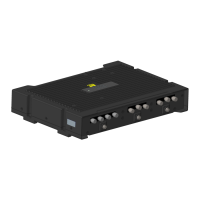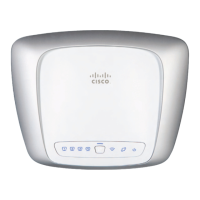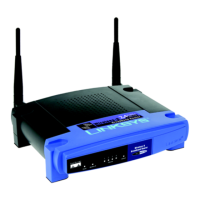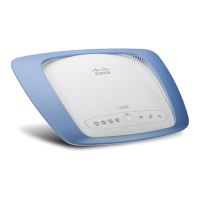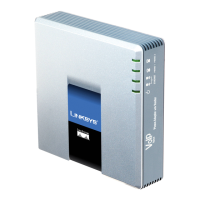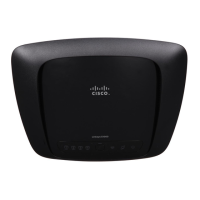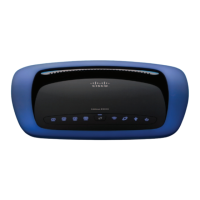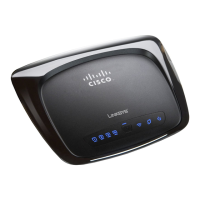13-21
Catalyst 3750 Switch Software Configuration Guide
OL-8550-02
Chapter 13 Configuring VLANs
Configuring VLAN Trunks
To return an interface to its default configuration, use the default interface interface-id interface
configuration command. To reset all trunking characteristics of a trunking interface to the defaults, use
the no switchport trunk interface configuration command. To disable trunking, use the switchport
mode access interface configuration command to configure the port as a static-access port.
This example shows how to configure a port as an IEEE 802.1Q trunk. The example assumes that the
neighbor interface is configured to support IEEE 802.1Q trunking.
Switch# configure terminal
Enter configuration commands, one per line. End with CNTL/Z.
Switch(config)# interface gigabitethernet1/0/2
Switch(config-if)# switchport mode dynamic desirable
Switch(config-if)# switchport trunk encapsulation dot1q
Switch(config-if)# end
Defining the Allowed VLANs on a Trunk
By default, a trunk port sends traffic to and receives traffic from all VLANs. All VLAN IDs, 1 to 4094,
are allowed on each trunk. However, you can remove VLANs from the allowed list, preventing traffic
from those VLANs from passing over the trunk. To restrict the traffic a trunk carries, use the switchport
trunk allowed vlan remove vlan-list interface configuration command to remove specific VLANs from
the allowed list.
Note VLAN 1 is the default VLAN on all trunk ports in all Cisco switches, and it has previously been a
requirement that VLAN 1 always be enabled on every trunk link. You can use the VLAN 1 minimization
feature to disable VLAN 1 on any individual VLAN trunk link so that no user traffic (including
spanning-tree advertisements) is sent or received on VLAN 1.
Step 4
switchport mode {dynamic {auto |
desirable} | trunk}
Configure the interface as a Layer 2 trunk (required only if the interface
is a Layer 2 access port or tunnel port or to specify the trunking mode).
• dynamic auto—Set the interface to a trunk link if the neighboring
interface is set to trunk or desirable mode. This is the default.
• dynamic desirable—Set the interface to a trunk link if the
neighboring interface is set to trunk, desirable, or auto mode.
• trunk—Set the interface in permanent trunking mode and negotiate
to convert the link to a trunk link even if the neighboring interface is
not a trunk interface.
Step 5
switchport access vlan vlan-id (Optional) Specify the default VLAN, which is used if the interface stops
trunking.
Step 6
switchport trunk native vlan vlan-id Specify the native VLAN for IEEE 802.1Q trunks.
Step 7
end Return to privileged EXEC mode.
Step 8
show interfaces interface-id switchport Display the switchport configuration of the interface in the Administrative
Mode and the Administrative Trunking Encapsulation fields of the
display.
Step 9
show interfaces interface-id trunk Display the trunk configuration of the interface.
Step 10
copy running-config startup-config (Optional) Save your entries in the configuration file.
Command Purpose
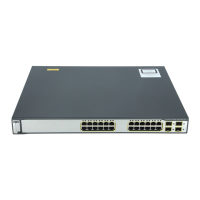
